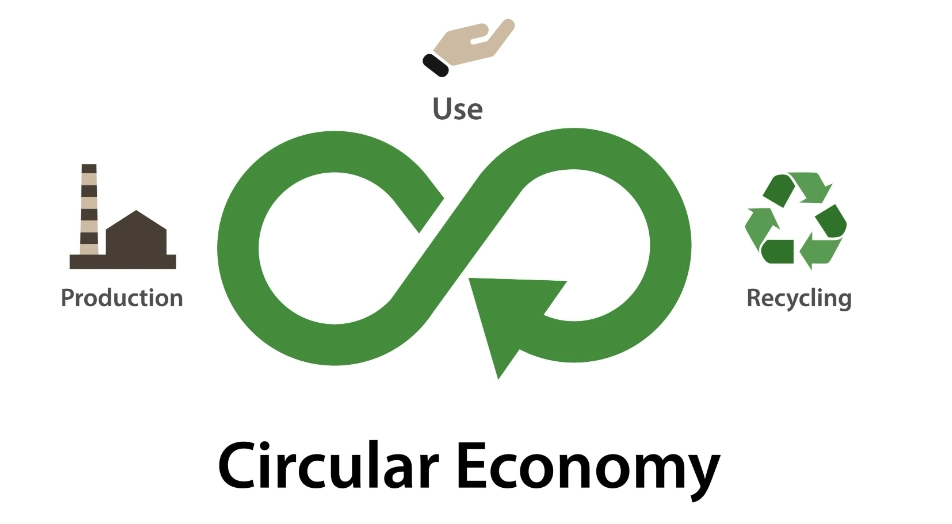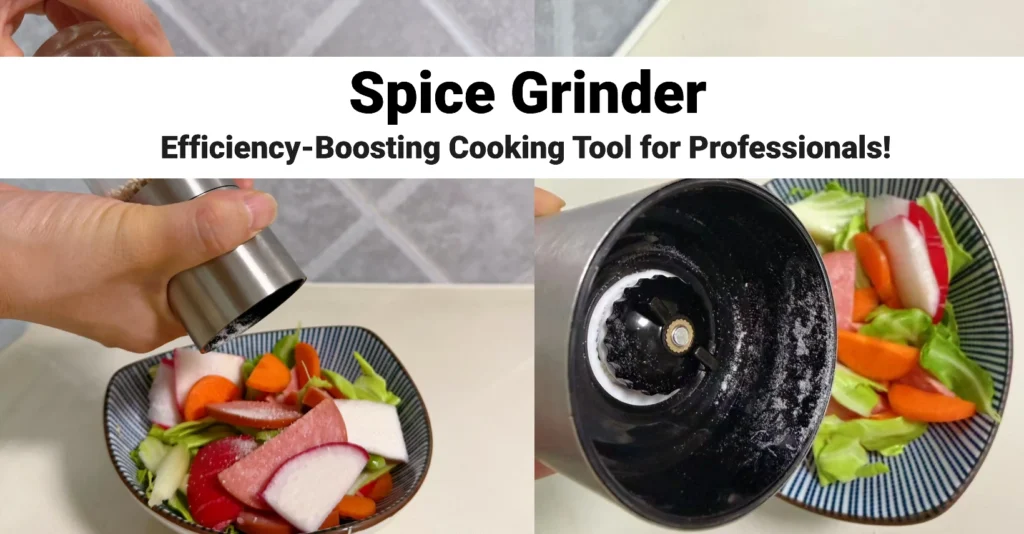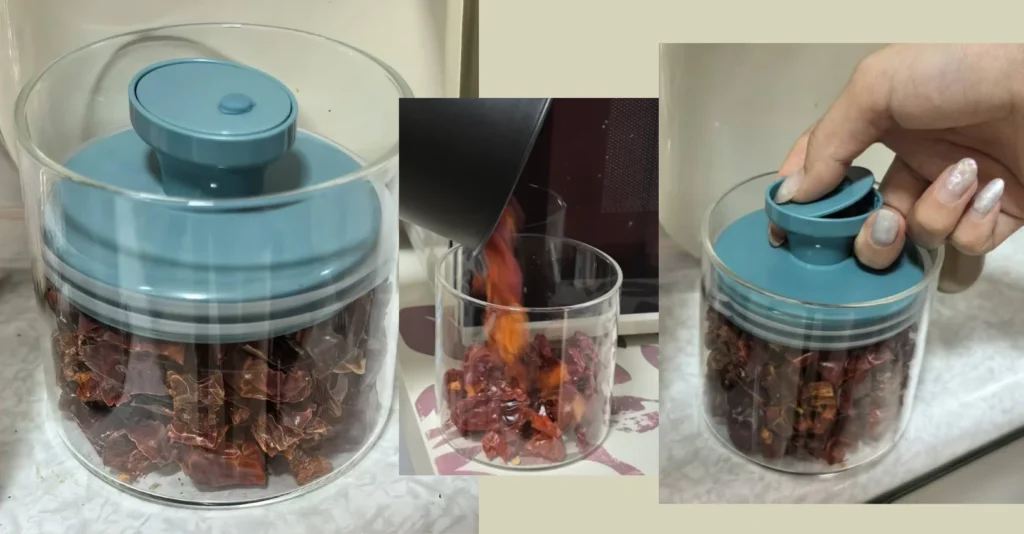How to get sauce into squeeze bottle: This common kitchen dilemma often leads to spills, wasted product, and sticky frustration. You’ve perfected your signature sauce, but transferring it into those convenient bottles can feel like a messy battle. Yet, squeeze bottles are indispensable tools for home cooks and bustling commercial kitchens alike, offering unmatched portion control, professional presentation, and streamlined efficiency for your large sauce stock.
This guide will transform your approach, providing proven methods and expert tips for filling any sauce, from thin vinaigrettes to thick glazes. We’ll show you how to eliminate the mess and highlight the benefits of choosing the right equipment, like our specialized wholesale condiment squeeze bottles, to optimize your operations. Get ready to master the art of sauce filling and become a true squeeze bottle pro!

Why Bother with Plastic Squeeze Bottles?
Before we dive into the how-to, let’s take a moment to truly appreciate why these humble bottles have earned their place as kitchen workhorses. Their benefits extend far beyond simple convenience:
- Precision and Portion Control: Every chef knows consistency is key. Squeeze bottles deliver exact amounts of sauce every time, ensuring uniform plating, reducing over-portioning, and helping to control ingredient costs – a critical factor for any business managing its bottom line.
- Reduced Waste & Enhanced Profitability: When you can accurately control the flow, spills are minimized, and product waste becomes a thing of the past. For foodservice businesses stocking up with wholesale sauce squeeze bottles, this translates directly into significant savings and improved profitability across numerous dishes.
- Superior Cleanliness and Hygiene: Say goodbye to communal dipping spoons and messy serving bowls. Squeeze bottles keep sauces fully contained and protected, significantly reducing the risk of cross-contamination. This is paramount for food safety compliance in commercial kitchens and maintains a pristine service area.
- Professional Presentation, Every Time: A precise drizzle or artful swirl from an oil squeeze bottle instantly elevates the visual appeal of any dish, from a gourmet burger to a beautifully plated dessert. This enhanced presentation directly contributes to customer satisfaction and perceived value.
- Streamlined Workflow and Efficiency: In a busy kitchen, every second counts. Squeeze bottles make accessing and dispensing sauces incredibly fast and efficient, allowing cooks to plate dishes quickly and consistently. This operational efficiency is invaluable for any foodservice business dealing with high volume.
- Optimal Storage & Organization: Many sauces can be prepped and stored in small squeeze bottles, ready for use. Their uniform size also makes them easy to organize in refrigerators, reach-ins, or on prep lines, enhancing kitchen order.
The Essential Tools You’ll Need for a Seamless Fill
While ingenuity can get you far, having the right equipment on hand will elevate your sauce-filling game from a frustrating chore to an efficient process. Gather these items before you begin:
- Squeeze Bottles (The Stars of the Show!): Of course, you’ll need the bottles themselves. Ensure they are thoroughly cleaned and completely dry. For businesses, investing in high-quality, durable wholesale sauce squeeze bottles, like those we offer, is a non-negotiable. Our bottles are designed for repeated commercial use and rigorous daily cleaning.
- Funnels: These are invaluable. Prioritize a wide-mouth funnel as it accommodates a broader range of sauce consistencies and reduces clogging. Some funnels even come with screen filters, useful for straining out unwanted bits.
- Plastic Piping Bags (or Sturdy Ziploc Bags): Your secret weapon for mess-free transfer. Pastry bags are designed for this, but heavy-duty Ziploc bags (gallon-sized or larger) work exceptionally well as an accessible alternative.
- Spatulas or Bench Scrapers: Essential for scraping every last delicious drop of sauce from your mixing bowl into your chosen transfer tool, minimizing waste.
- Measuring Cups or Bowls with Pour Spouts: These make controlled pouring much easier, especially when transferring sauce into a funnel.
- Scissors: Crucial for the bag method, allowing you to create the perfect-sized opening.
Let’s Explore How To Get Sauce Into Squeeze Bottles
Method 1: The Funnel Technique – The Classic, Refined
This is the go-to method for many, and it works wonderfully for sauces that are relatively thin to medium in viscosity, flowing freely without excessive chunks.

How to Do It:
- Select Your Funnel Wisely: Choose a funnel with an opening that’s appropriate for your sauce’s consistency. For most sauces beyond thin liquids, a wide-mouth funnel is your best friend, drastically reducing the risk of clogs.
- Ensure Stability: Place the funnel firmly into the opening of your squeeze bottle condiment. If the funnel feels wobbly, consider holding it steady with one hand or resting the bottle in a holder.
- Pour with Purpose: Begin pouring your sauce into the funnel slowly and steadily. Resist the urge to dump it all in at once, as this can create air pockets or cause overflow. A consistent, controlled stream is key.
Advanced Tips for Thicker Sauces with a Funnel:
- The “Air Release” Technique (The Vacuum Trick): This is a clever hack for stubborn sauces. Before you even pour, squeeze the empty squeeze bottle to expel as much air as possible. While still compressed, firmly place the funnel (with sauce in it) into the bottle’s opening. Slowly release your squeeze on the bottle; as the bottle expands, it creates a vacuum that helps pull the sauce down. You might need to repeat this “squeeze and release” action a few times to draw the sauce through.
- Gentle Agitation: If the sauce starts to back up, gently tap the side of the funnel or the bottle. For very thick sauces, a thin skewer, chopstick, or a narrow spatula can be used to gently encourage the sauce to move through the funnel opening, but be careful not to push too forcefully and cause a spill.
- Tap and Settle: After pouring, remove the funnel and gently tap the bottom of the ketchup squeeze bottle on your counter a few times. This helps any trapped air bubbles rise to the top and escape, preventing unexpected “sauce burps” later when you try to dispense.
Method 2: The Bag Method – The Versatile All-Rounder
This is arguably the most versatile, controlled, and mess-free technique for filling condensed milk squeeze bottles, highly recommended for any sauce, from thin vinaigrettes to chunky salsas, thick purees, or dense BBQ sauces. It’s essentially using a makeshift piping bag.

How to Do It (Using a Sturdy Plastic Bag or Ziploc):
- Prepare Your Workstation: Open a sturdy, heavy-duty plastic bag (like a gallon-sized Ziploc freezer bag) and place it inside a tall glass, a liquid measuring cup, or even an empty Pringles can. This simple trick holds the bag open and stable, acting like a third hand while you fill it.
- Fill the Bag: Use a spatula or spoon to efficiently scoop your sauce into the bag. Be mindful not to overfill it; leave enough room at the top to gather and twist the bag securely.
- Gather and Direct: Carefully lift the bag out of its holder. Gather the top edges of the bag together and push all the sauce down into one corner of the bag. Twist the top securely to create a sealed “spout.”
- The Crucial Snip: Using sharp scissors, snip a small corner off the bottom of the bag. Crucially, start with a very small snip. You can always make the hole larger if needed, but you cannot make it smaller! The ideal hole size should be slightly smaller than the opening of your sour cream squeeze bottle, allowing for controlled flow.
- Squeeze with Precision: Insert the snipped corner of the bag directly into the mayonnaise squeeze bottle opening. Now, simply squeeze the bag from the top down, guiding the sauce smoothly into the bottle. Use your other hand or a bench scraper to continually push the remaining sauce towards the snipped corner, ensuring you get every last drop.
Using a Pastry/Piping Bag:
This method is identical to using a plastic bag, but professional-grade pastry bags are designed for this purpose. They are generally more durable, easier to grip, and often come with built-in strength to handle thicker contents, making them a preferred choice in commercial kitchens.
Method 3: The Pouring Method – For the Truly Liquid
If your sauce is as thin and free-flowing as water – think very thin hot sauce, soy sauce, infused oils, or certain vinegars – a direct pour might be all you need.
How to Do It:
- Opt for a Spouted Container: If your sauce isn’t already in a container with a pour spout, transfer it to one (like a liquid measuring cup with a defined lip). This gives you better control.
- Execute a Controlled Pour: Carefully and steadily pour the sauce directly into the squeeze bottle opening. The key here is patience and a steady hand.
Tips for Better Control:
- Pour from a Slight Elevation: Raising the pouring container slightly above the squeeze bottle can help create a thinner, more focused stream of liquid, making it easier to aim for the bottle opening.
- Improvise a Spout: If you’re pouring from a larger, flexible container (like a plastic deli container), you can often pinch one side of the opening to create a temporary, makeshift spout. This offers more precision than a wide, uncontrolled pour.
Advanced Tip / Hybrid Method: The “Squeeze-and-Suck” – For the Ultra-Thick
This slightly unconventional method can be surprisingly effective for extremely thick sauces, pastes, or very dense purees that defy other filling techniques.
How to Do It:
- Compress the Miniature Squeeze Bottles: Take your empty squeeze bottle and squeeze it as hard as you can, expelling all the air from within. Keep it firmly compressed.
- Submerge and Release: While maintaining the squeeze, quickly submerge the opening of the squeeze bottle fully into your thick sauce (which should be in a wider container like a bowl, deep pan, or another jar).
- “Suck” It In: Slowly release your squeeze on the bottle. As the bottle tries to expand back to its original shape, it will create a vacuum and literally “suck” the thick sauce directly into the opening.
- Repeat as Needed: You’ll likely need to repeat this squeezing, submerging, and releasing action several times until the bottle is filled to your desired level.
General Tips for a Smooth Squeeze Bottle Experience
No matter which method you ultimately choose, these universal tips will help ensure a clean, efficient, and successful filling process, minimizing frustration and maximizing sauce enjoyment:
- Don’t Overfill: This is paramount. Always leave a little headspace at the top of the bottle – about an inch or so (or roughly 10-15% of the bottle’s volume). This provides crucial room for the sauce to shift when you put the lid on, prevents overflow, and allows for the necessary air compression that makes squeezing effective.
- Burp the Bottle: After filling, put the cap on and gently tap the bottom of the bottle firmly on your counter a few times. This helps any trapped air bubbles rise to the top and escape, preventing unexpected “sauce burps” or sputtering when you go to dispense later.
- Cleanliness is Key (Especially for Wholesale): Always start with thoroughly clean and completely dry squeeze bottles. Any residual moisture can negatively affect the sauce’s consistency, flavor, or encourage bacterial growth, which is a major concern for food safety and shelf life.
- Label Everything Religiously: Seriously, label your bottles! Include the type of sauce, the date it was prepared, and any relevant expiration dates. This is vital for easy identification, proper inventory rotation, and absolute adherence to HACCP principles and food safety regulations in professional kitchens, especially important when managing multiple sauce types derived from wholesale ingredients. Consider using permanent markers or easily removable labels.
- Consider Nozzle Size: Think about the consistency of your sauce when choosing bottles. Thicker sauces or those with small particulates will require a wider nozzle opening for easy, consistent dispensing. Smaller nozzles are best for fine drizzles of thin liquids.
- Warm it Up: For very thick sauces like homemade caramel, chocolate syrup, or some nut butters, a slight gentle warming in a warm water bath can temporarily thin them, making them significantly easier to pour or squeeze into a bag. Always be cautious not to overheat, which can alter flavor or create burn hazards.
- Practice Makes Perfect: Don’t get discouraged if your first attempt isn’t flawless. Like any kitchen skill, mastering sauce bottle filling takes a little practice. You’ll quickly develop a feel for the best method for different sauces.
- Invest in Quality Wholesale Sauce Squeeze Bottles: For commercial use, cheap, flimsy bottles won’t cut it. Our wholesale sauce squeeze bottles are engineered for repeated heavy use, designed to withstand the rigors of industrial dishwashers, and feature leak-proof caps and ergonomic designs for comfortable, efficient dispensing throughout busy shifts. Buying from us ensures you get durable, food-grade products that provide exceptional long-term value, reduce replacement costs, and guarantee consistent performance for your business. Look for bottles made from high-density polyethylene (HDPE) or low-density polyethylene (LDPE) for flexibility and durability.




Where to Buy Condiment Squeeze Bottles
Looking for condiment squeeze bottles? For a few, check supermarkets or online retailers. But for businesses needing reliable, high-quality stock, dedicated wholesale suppliers are key.
If you’re a restaurant owner, caterer, food truck operator, or any business that relies on a consistent, high-quality supply of mini squeeze bottles, your needs go beyond just picking up a couple from the local store. Businesses require durability, food-grade safety, consistent supply, and often, customization. This is where wholesale suppliers become essential.
This is where EasyLife Housewares excels. As a wholesale company, we provide top-tier, food-grade plastic condiment squeeze bottles built for commercial demands. We offer ODM&OEM services for custom branding, ensuring high quality, excellent packaging, and superb service for all your bulk needs.
Recommended Mini Squeeze Bottles
Conclusion: Your Kitchen, Now a Squeeze Zone Masterpiece!
Getting your fantastic sauces into squeeze bottles no longer has to be a messy, frustrating chore. By understanding the different techniques and applying these expert tips, you can efficiently fill your bottles, minimize waste, and enjoy the unparalleled convenience and precision they offer. This newfound efficiency applies equally to the home chef perfecting their plating and the bustling restaurant streamlining its high-volume operations with reliable, top-tier wholesale sauce squeeze bottles.
Ready to experience the difference professional-grade quality makes in your own kitchen or business? Our wholesale sauce squeeze bottles are designed for durability, hygiene, and peak performance, ensuring your operations run smoothly and your dishes look their best.
Elevate your sauce game today! Contact us to get a free sample of our wholesale sauce squeeze bottles and see for yourself why top kitchens choose our products for superior efficiency and presentation.






